Mabel Osgood Wright loved nature and wanted to study science at Cornell University, but her father thought her ambition unseemly. It was the 1870s, after all, and she was a proper young daughter of a well-to-do minister. Her father wanted her to get married instead. So on Sept. 25, 1884, Mabel married James Osborne Wright, an English antiquarian bookseller.
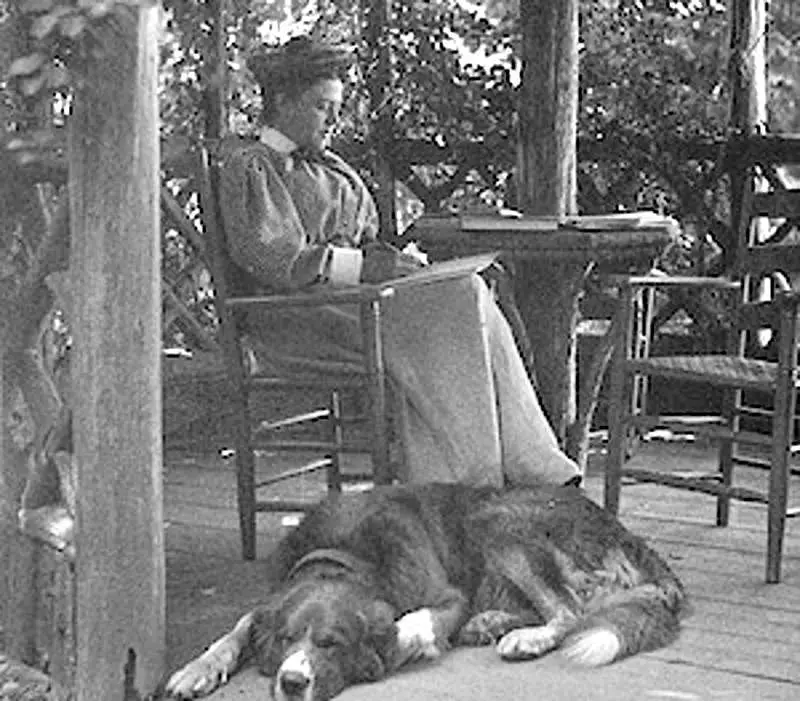
Mabel Osgood Wright on her porch at Mosswood
It didn’t turn out badly for her. She had a happy marriage. She also carved out a career as a pioneering nature writer, educator and bird conservationist. During her lifetime she would write 25 novel and nature books, nurturing America’s passion for birds along the way.
Mabel Osgood Wright
Mabel Osgood was born Jan. 26, 1859 in New York City, the third daughter of Unitarian minister Samuel Osgood. He was an accomplished writer himself, having written more than 70 well-regarded essays for Harper’s. He counted among his friends William Cullen Bryant, Oliver Wendell Holmes and J. P. Morgan.
Samuel Osgood had built an 18-room summer home in Fairfield, Conn., called Mosswood, surrounded by eight acres of gardens and walkways. When he died in 1880, Mabel Osgood Wright and her husband spent their summers at there.
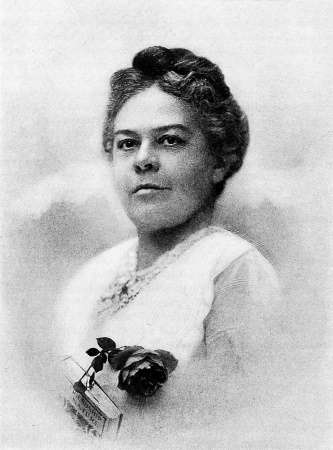
Mabel Osgood Wright
From the bucolic setting of Mosswood, she began to preach that gardening is not just home adornment. One could appreciate and conserve nature in one’s own back yard, she argued. Even small suburban landscapes can be treated as natural spaces.
Her husband discouraged her from writing, so she wrote a series of nature essays anonymously for the Evening Post and the New York Times. When she finally admitted she wrote them, James Wright helped her publish them. They appeared in a book called, The Friendship of Nature, a New England Chronicle of Birds and Flowers. The book follows the progress of seasons around Mosswood. Oliver Wendell Holmes gave it high praise, and it sold well at a time when few books on nature existed for popular audiences. Its success led her publisher to request she write a field book on birds.
Birdcraft
Mabel Osgood Wright spent the next two years in the American Museum of Natural History’s ornithology department. Then she wrote the first accessible bird manual, called Birdcraft: A Field Book of Two Hundred Song, Game, and Water Birds. It included quality illustrations by John James Audubon and Louis Agassiz Fuertes, then emerging as a topnotch ornithological artist. The publisher reprinted the book nine times between 1895 and 1936.
In 1898, Mabel Osgood Wright became president of the Audubon Society of Connecticut. It happened by accident. The Fairfield chapter of the Daughters of the American Revolution held a class in Parliamentary Law, and taught an exercise in the technique of forming a society. The name ‘Audubon Society’ was chosen, and it was such a good name the women voted to make it permanent. Its mission was to challenge overzealous hunters and the fashion industry, which was slaughtering birds for their feathers to adorn large hats.
The next year, Mabel became assistant editor of the Bird Lore journal, now Audubon magazine. She would then serve as president of the Connecticut Audubon Society for 26 years, later becoming a director of the National Association of Audubon Societies, now the Audubon Society.
Children’s Books
Around that time she came upon two boys who happily showed her a large jar filled with robin’s eggs they’d stolen from nests. She decided to turn her attention to writing for children. She wrote a book with ornithologist Elliott Coues, again with illustrations by Fuertes. They called it Citizen bird: scenes from bird-life in plain English for beginners. The Library of Congress cites it as a milestone in the conservation movement.
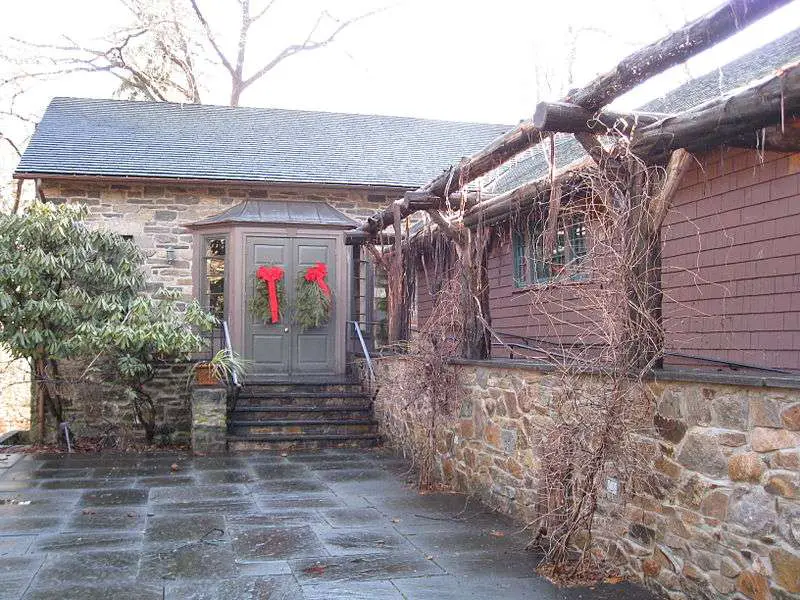
Exterior of the Connecticut Audubon Society Birdcraft Museum & Sanctuary in Fairfield, Conn.
The book, according to the library, brought together the talents of the greatest American ornithologist, a pioneering editor and an artist second only to Audubon. “Directed at the general public, especially children, and written in an entertaining and fanciful fiction style, the work imparts solid scientific knowledge while inculcating conservation values.”
She also wrote semi-autobiographical fiction, known as her “Barbara books.” Her alter-ago, “Barbara,” lives in the country with her husband, “Evan,” and they visit with their eccentric friends. The books comment on changing social mores and use servants for comic relief.
In 1914, Mabel Osgood Wright established Birdcraft , a small bird sanctuary, near her home in Fairfield. It is the oldest bird sanctuary in the United States and a National Historic Landmark. The Connecticut Audubon Society now maintains Birdcraft as a nature center.
James Wright died suddenly in 1920, and Mabel continued her writing and gardening. She died July 16, 1934 at the age of 75. A condominium complex replaced Mosswood.
This story was updated in 2022. Image of Birdcraft by By Jllm06 – Own work (Original text: self-made), Public Domain, https://commons.wikimedia.org/w/index.php?curid=14684776. White crowned pigeon By Rawpixel – Own work, CC BY-SA 4.0, https://commons.wikimedia.org/w/index.php?curid=75026677.
This story last updated in 2024.
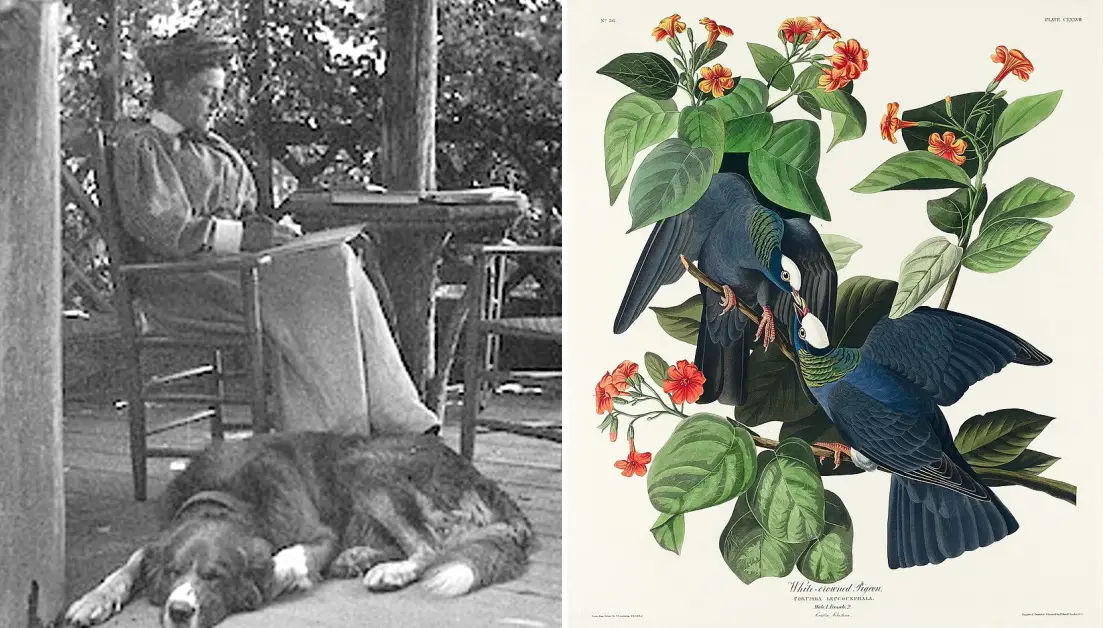
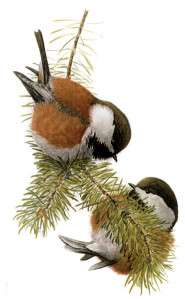
9 comments
A woman after my own heart!
Love the history
and she obviously had an awesome dog companion!
After my heart, too. Thanks, Chris.,
Love this article. What an amazing woman!
Hey Steve Foofolks Wright , Sandy Westerberg
an awesome bit of knowledge!
I have a book on How to Know Wild Flowers by Mrs. William Starr Dana. Do you have a picture of her too?
No, but it sounds interesting. We’ll look into it.
Comments are closed.